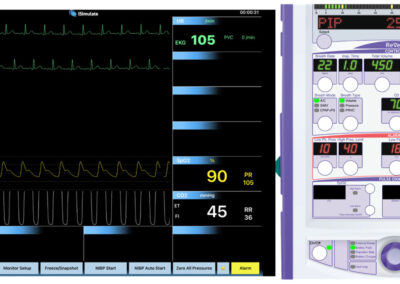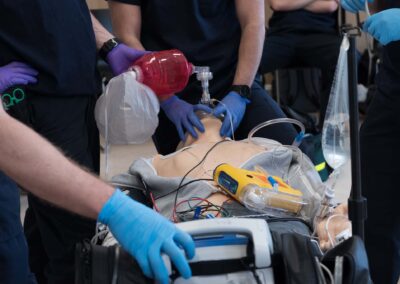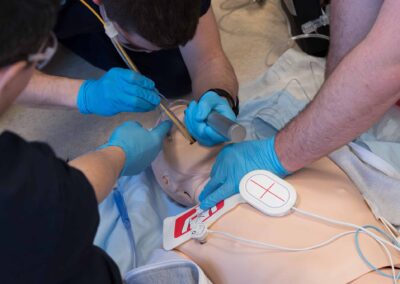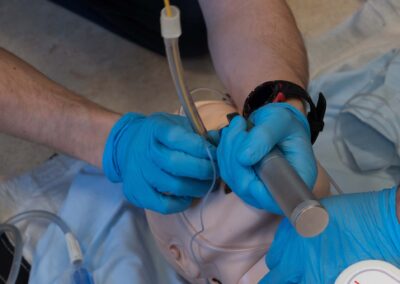EMS Airway Articles
Follow the latest articles, clinical reviews, case studies, and experts on EMS Airway.
Subscribe to get email alerts as new content is posted.
Articles

Friday Night Lights: Shift 18 – Money Meetings Don’t Always Pay Well!
Sudden tongue swelling from ACE inhibitors? Discover EMS strategies for airway emergencies and why epinephrine isn’t the answer.
Select Article Type

It’s an airway call you never forget. Croup, stridor and the calm approach that makes the difference.

Discover how paramedics can improve outcomes for patients with COVID lung injury through thoughtful ventilator management strategies.

Here’s how left ventricular failure mimics respiratory distress and why waveform analysis changes your treatment path.

Gastric decompression and controlled ventilation improve ROSC rates by reducing intrathoracic pressure and preventing gastric distention.

A new nonopioid sedative, medetomidine, is rapidly becoming the next adulterant of concern in illicit drug supply.

Learn how EMS providers can assess and manage respiratory distress and failure by understanding their physiological and psychological causes.

Here is how capnography can help you monitor your patient and stratify your differentials.

Capnography reflects the body’s “RPMs”—respiration, perfusion and metabolism.

Ventilation strategies in prehospital care must balance both pathology and physiology.

Here’s how the five W’s—who, what, when, where, and why—can guide airway management decisions in critical emergencies.

Lt. Stephen Wilcox examines the task, tactics and techniques for basic and advanced airway management.

Learn to interpret patient descriptions, understand underlying physiology and differentiate causes beyond simple "shortness of breath."
JEMS Now Newsletter
Subscribe to JEMS and get the latest insights and information about the world of Emergency Medical Services directly to your inbox including the latest news, features and educational content on prehospital airway management.
